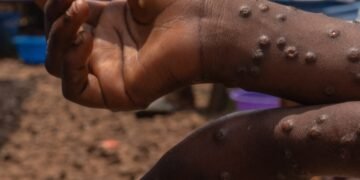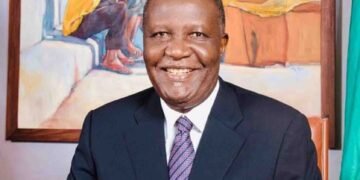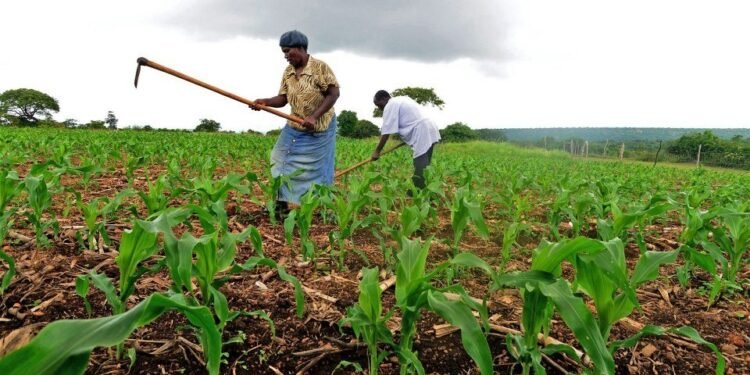𝗠𝗸𝘂𝘀𝗵𝗶 m𝗲𝗺𝗼𝗿𝗶𝗲𝘀: 𝗧𝗵𝗲 r𝗶𝘀𝗲 𝗮𝗻𝗱 f𝗮𝗹𝗹 𝗼𝗳 𝗭𝗮𝗺𝗯𝗶𝗮’𝘀 a𝗴𝗿𝗶𝗰𝘂𝗹𝘁𝘂𝗿𝗮𝗹 p𝗿𝗼𝗺𝗶𝘀𝗲
By Dr Lawrence Mwelwa
IN THE heart of Mkushi District, in a place called Fitete, farming once stood as more than survival—it was a thriving business and a source of dignity.
At just 18-years-old, with a background in agriculture and the support of a loan from Lima Bank, I was producing over 3,000 bags of maize annually. Farming in those days was not only profitable but also well-structured, empowering families and shaping livelihoods.
Today, however, for most people, farming has been reduced to a social activity or merely a survival plan for the jobless, a far cry from the vibrant and sustainable enterprise it used to be.
When President Hakainde Hichilema says his government has produced more maize than any government since independence, the numbers may look impressive at first glance, but they do not tell the whole story.
Yes, Zambia’s current maize harvests are larger in absolute figures because the population itself has more than tripled since 1964. Back then, Zambia had about 7 million people; today we have over 20 million mouths to feed.
So, even if the total tonnage is higher now, the per-capita availability of maize and the lived experience of farmers and households paints a very different picture.
Take the UNIP era in the 1970s and early 1980s. Farmers like Mr George Masenga, Loti Masenga, and Mr Jairos Tembo in Matuku under Chief Shaibila, Mkushi, produced between 12,000 and 20,000 90kg bags of maize and sunflower each season.
This was possible because they had access to Lima Bank loans, cooperative unions to market their produce, and guaranteed buyers who ensured they made real profits. Even small-scale farmers could testify that maize farming improved their lives—houses were built, children sent to school, and farming became a dignified livelihood.
Now, contrast that with today: although Zambia might report 3.5 million metric tonnes of maize nationally, much of it is grown by subsistence farmers on fragmented land. The Farmer Input Support Programme (FISP) gives out fertilizer and seed, but the system is riddled with delays, politicisation, and poor market support.
A smallholder farmer today may harvest just 20 or 30 bags, only enough to survive, not to transform their life. Meanwhile, the prices of mealie-meal remain high, and maize production no longer guarantees wealth or dignity for rural households.
So yes, President Hichilema may technically be right that in total numbers this is the “biggest harvest,” but practically, the story is different.
In UNIP days, the system was designed to make farmers wealthy and self-reliant, while today’s production boom leaves many farmers still poor, vulnerable, and dependent on government handouts.
The numbers, when stripped of context, do not reveal the truth: Zambia once had fewer people but more empowered farmers; today, it has bigger statistics but more widespread poverty.

























